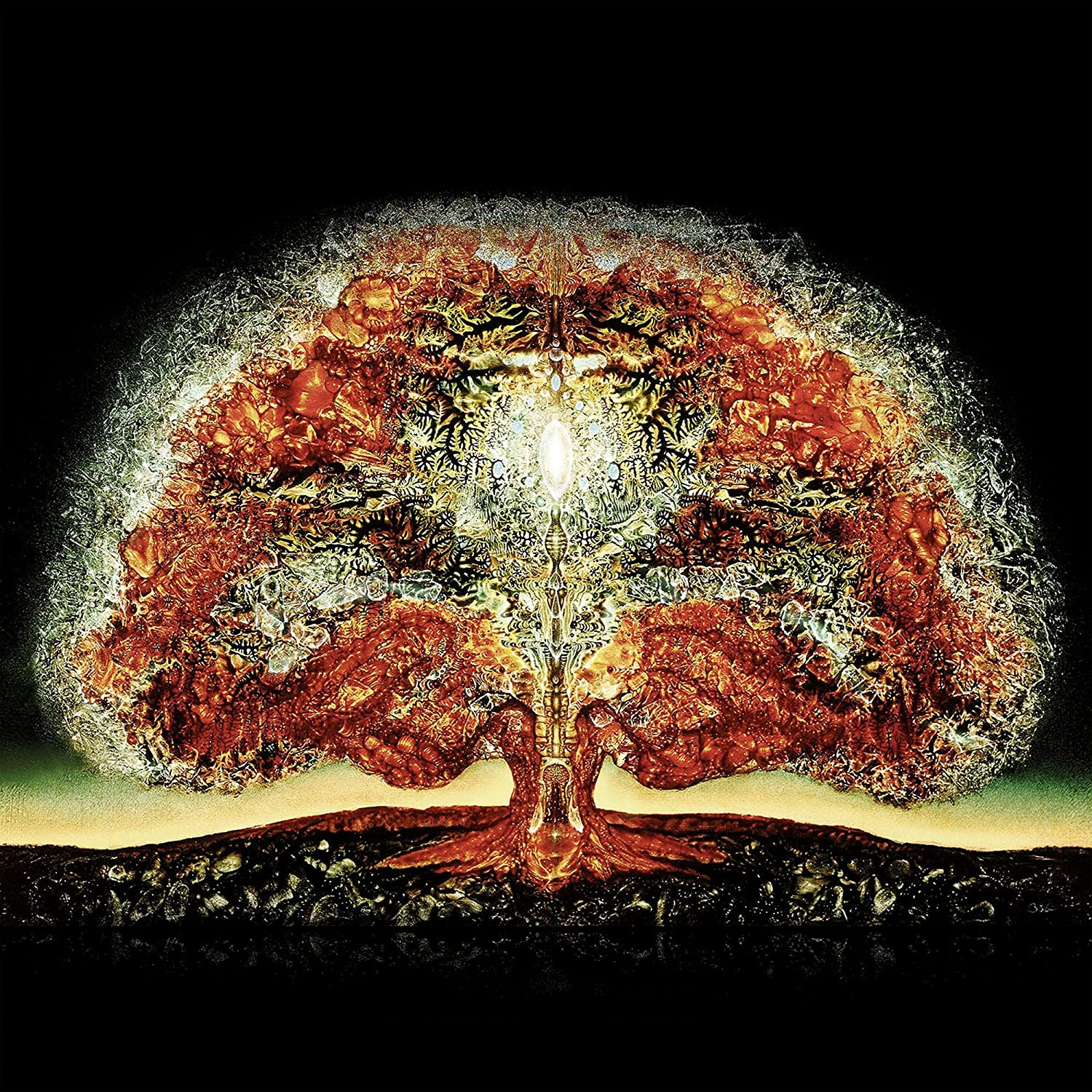-
Content count
15,438 -
Joined
-
Last visited
Everything posted by Carl-Richard
-

Carl-Richard replied to Jayson G's topic in Spirituality, Consciousness, Awakening, Mysticism, Meditation, God
The acid will often show you what you need to work on. For example this chronic tension in the body, do you know what causes it? Is there a solution? This monkey-mind - is there a solution? Try to fix these things and try again. Then see what new stuff it wants to show you. I remember the first time I took acid as a completely ignorant 18 year old. I had spent hours thinking about funny things that I wanted to experience during the trip ("trippy shit"), and when I actually ended up tripping, I discovered that I had this chronic feeling of dissatisfaction of constantly wanting to experience something interesting. This feeling of constant pressure, along with other forms of existential despair, became the focal point of my trip. Essentially, my trip brought me in direct contact with the truth of "Dukkha", as conceptualized in Buddhism (commonly translated as "suffering", "unhappiness", "pain", "unsatisfactoriness" or "stress"). I was frenetically grasping onto finite experiences in order to feel pleasure, and rather than keeping my focus on those pleasures, my focus was painfully directed towards this feeling of emptiness. As disappointing as it was during my trip, it was arguably the deepest insight that has stuck with me ever since the beginning of my spiritual journey and all the way up to today. Dukkha is the most intimate aspect of life: it drives the very impulse of survival itself. Nobody has not felt the ramifications of Dukkha, and it stays with you all the way til your grave... unless you wake up and see through the illusion of separateness and merge with Love. -
He doesn't exactly need help to do that
-
How do you define tribes? Is it a group of people who share common cultural values? If so, then tribes existed long before Homo sapiens existed. Humans are natural pack animals. But what distinguishes a tribe of humans from say a pack of wolves? I would say it lies in the complexity of the culture: explicit cultural artefacts like tools, locally bound survival techniques transmitted through language; myths, stories, rituals etc.. Different wolf packs may have different behavioural patterns depending on their local environment (a form of culture), but the way these are mediated are through lower forms of learning (imitation) rather than higher forms (language). I believe Stage Purple naturally arises in pack animals when there is a symbolically rich language present, and that is estimated to have existed as far back as Homo erectus (1.8 million years ago) or even Homo habilis (2.5 million years ago). Humans came on the scene merely 200 000 years ago. I would assume that Beige is reserved for pre-linguistic stages of childhood development (0-6 months old), although it's fair to assume that the level of language development required to sustain Purple in a homogeneous population would be equivalent to ~3 years old.
-

Carl-Richard replied to Mvrs's topic in Spirituality, Consciousness, Awakening, Mysticism, Meditation, God
Realizing infinite love feels exactly like death from your limited perspective. So you still have to die, but death is imaginary in an absolute sense. -

Carl-Richard replied to lmfao's topic in Spirituality, Consciousness, Awakening, Mysticism, Meditation, God
Who is this duality? ? -

Carl-Richard replied to lmfao's topic in Spirituality, Consciousness, Awakening, Mysticism, Meditation, God
Yo mooji is so 2015. -
Every other forum member has spiritual quotes in their signature. I think you're obsessing over a trivial point. The truth is that everybody who is not already awake misunderstands all of spirituality 99% of the time anyway. The method has always been to throw as much you can at the wall until it sticks. You see this with every guru or teacher. They have to keep trying and trying because the students never get it. You're essentially saying it's possible to word yourself in such a way that everybody will understand. Well if that was the case, then everybody would've been enlightened by now.
-

Carl-Richard replied to Chives99's topic in Spirituality, Consciousness, Awakening, Mysticism, Meditation, God
Do you have something that supports your back? -
Idk. It's deeply ingrained in our culture (nowadays it's seen more as a joke). It think it stems from when we went from being in a union with Denmark to being with Sweden in 1814, and we didn't want to assimilate with the Swedish culture. We actually didn't become a sovereign nation before 1905.
-

Carl-Richard replied to Chives99's topic in Spirituality, Consciousness, Awakening, Mysticism, Meditation, God
Where do you usually sit? -
Us Norwegians look at Sweden with pity and spite
-
-
Pride crosswalk in front of my local university in Norway:
-
Lol no?
-

Carl-Richard replied to Mvrs's topic in Spirituality, Consciousness, Awakening, Mysticism, Meditation, God
Do you feel like you're dying when this happens? Do you ever fear for your sanity when this happens? Do you lose all control and sense of reality? Then you're 0.001% of the way there. -

Carl-Richard replied to Nirvanalight's topic in Spirituality, Consciousness, Awakening, Mysticism, Meditation, God
Sit down, close your eyes and observe these thoughts for a while. Just watch them like you would when watching a movie. They are simply thoughts; birds chirping in the wind, leaves falling from a tree, dogs barking at a car, cars driving down a road. -

Carl-Richard replied to Mvrs's topic in Spirituality, Consciousness, Awakening, Mysticism, Meditation, God
One word: ego backlash. -

Carl-Richard replied to Javfly33's topic in Spirituality, Consciousness, Awakening, Mysticism, Meditation, God
Survival is based on the proliferation of differences, the truth of impermanence, the evolutionary impulse, the ever-changing nature of the universe. Without differences, without change, without evolution, the universe cannot express itself through form. -
It's the Jordan Peterson mentality: if you love yourself just as you are, you have no incentive to become a better person. It's a result of stage blue, conventional, masculine, black-and-white, absolutistic thinking. What they don't understand is that the only way you become a better person is actually through self-love. They just don't want to do it consciously, because they see it as two contradictory perspectives. It IS possible to love yourself and still be striving to be a better person. They're actually the same thing.
-

Carl-Richard replied to Leo Gura's topic in Society, Politics, Government, Environment, Current Events
Doomer -

Carl-Richard replied to lmfao's topic in Spirituality, Consciousness, Awakening, Mysticism, Meditation, God
Express yourself. -
Red strategy: war. Orange strategy: winning.
-
You forgot to quote Leo.
-
It's exactly like that. It's the ultimate feeling of nostalgia. It's the most familiar thing you've ever known. It's you.
-

